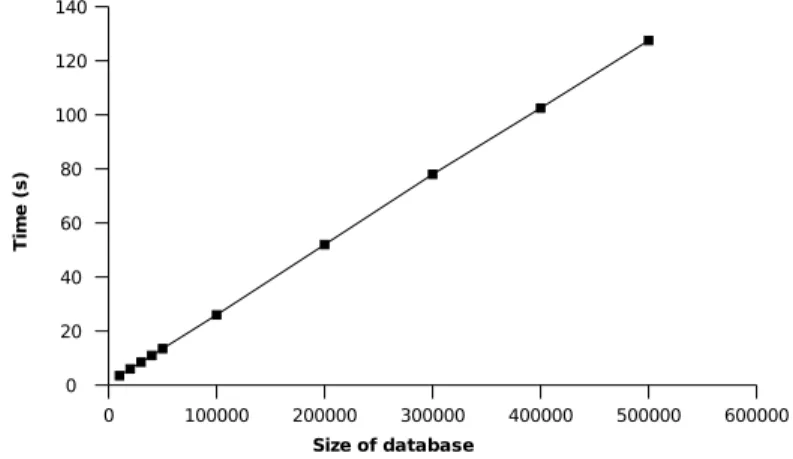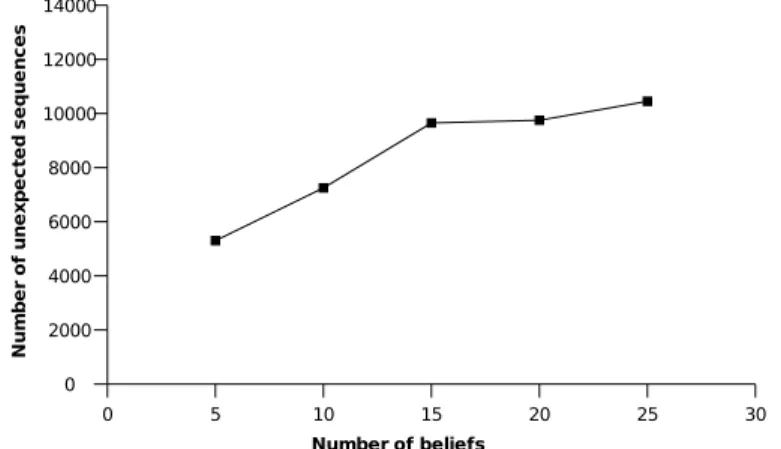Mining Unexpected Sequential Patterns and Rules
Texte intégral
Figure


Documents relatifs
The basic idea of MMISP (Mining Multidimensional Itemsets Sequential Patterns) consists in transforming the mds-data into a “classical form” (i.e., sequence of itemsets) and
In this paper we first analyze the constraints of using transver- sal hypergraph enumeration in itemset mining, then pro- pose the ordered pattern model for representing and min-
In this article we present a new approach to sequence mining that uses unexpected- ness, which is defined by user knowledge (or called beliefs), as constraints on finding
Each value of IT EM S is a tuple (labelitem, {time, occ}, {(regions, RootReg)}) where labelitem stands for the considered item, {time, occ} is used in order to store the number
Delisp captures the advantages of PrefixSpan and offers its own advantages: (i) no candidate generation (since prefix growing methods do not generate candidates); (ii) focused
We also introduce a second anytime algorithm MCTSExtent that pushes further the idea of a better trade-off between exploration and exploitation of a sampling strategy over the
The test done on the hepatitis dataset provided by the Chiba University Hospital allowed us after a learning step, to extract very short patterns, which were sufficient, in half
For sake of better interpretability of the results and of computa- tion time, the negative sequential patterns contain only one kind of negated itemset (¬| · |, ¬(·) or ¬{·}),